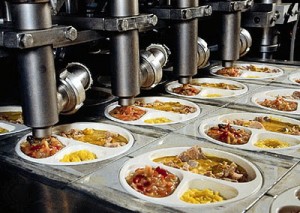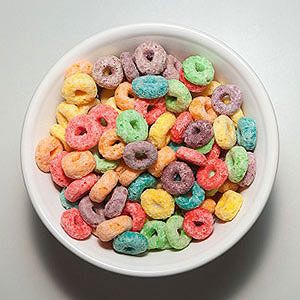Food Revolution cont..
How Do We Fix This?
As a society, this is a very important question: How can we cook better – better for our own health, and better for the health of the planet? The good news is that little by little people are much more conscious of food and agriculture politics than they were a few years ago. The farm bill gets noticed from time to time. This awareness is the first step. When you look at other movements you realize how long they took, they didn’t change in a decade, and surely this is the case with food.
The way I see it, we have lots of great writers and chefs, foodies and creative types, but we need more smart politicians to go to bat. Part of what we do need and what chefs and foodies are promoting is the cultural reevaluation of food: recognizing the importance of food: to your health, your culture, your environment.
What we can do is promote cooking, going back to preparing meals for your family, as opposed to just buying a pre-prepared, packaged meal from the grocery store or fast food chain. This should be a pleasurable experience. If people can find pleasure and enjoyment in this act, I feel more and more people would get on the bandwagon. Cooking is stimulating. It takes mental engagement, it offers sensual pleasures, and cooking is a very enriching experience.
In a time where our lives are so inundated with technology, I think there is actually more mental and emotional space for activities such as cooking and gardening. There is a hunger to use our hands, our senses and our imagination. Right now we are growing up so sensorially deprived, often just using our eyes and ears, and neglecting the use of our bodies. There is another element to consider, and that is the fact that when we engage with all of our senses there are deeply positive effects on our mental and physical health. We’re hungry and desiring for all the sensory information and benefits that cooking can provide when approached in the right light.
Love for the Kitchen
A big part of when things shifted away from the kitchen and toward pre-prepared foods was due to isolation. Cooking alone can be unpleasant, boring and daunting. Historically, cooking has been a very cooperative activity. When things got to busy for people to spend time together in the evenings around the house, it pushed everyone out of the kitchen, which was a big mistake.
Cooking is much more enjoyable together, not to mention things taste better and feel better when we do them together. We need to bring that sense of communality back into our cooking. I think people need to take responsibility for more aspects of their lives. Instead of narrowly focusing on careers and making money, we need to see the value in spending time together, with families and friends, preparing meals together, gardening, sewing, music, social time. In other words, weaning ourselves from a system reliable on technology and fossil fuel.

Hope?
Yes! People are beginning to rebel against the ways in which we’ve increased our dependence on corporations to provide for us. People are recognizing “organic vs. non-organic”, “local,” “GMO’s,” processed foods, etc. The food movement has lots of struggles, but it offers so much. It’s one of the rare instances where the right choice is generally the more pleasurable choice. Get knowledgeable and find pleasure in your new way of thinking and living you life.




